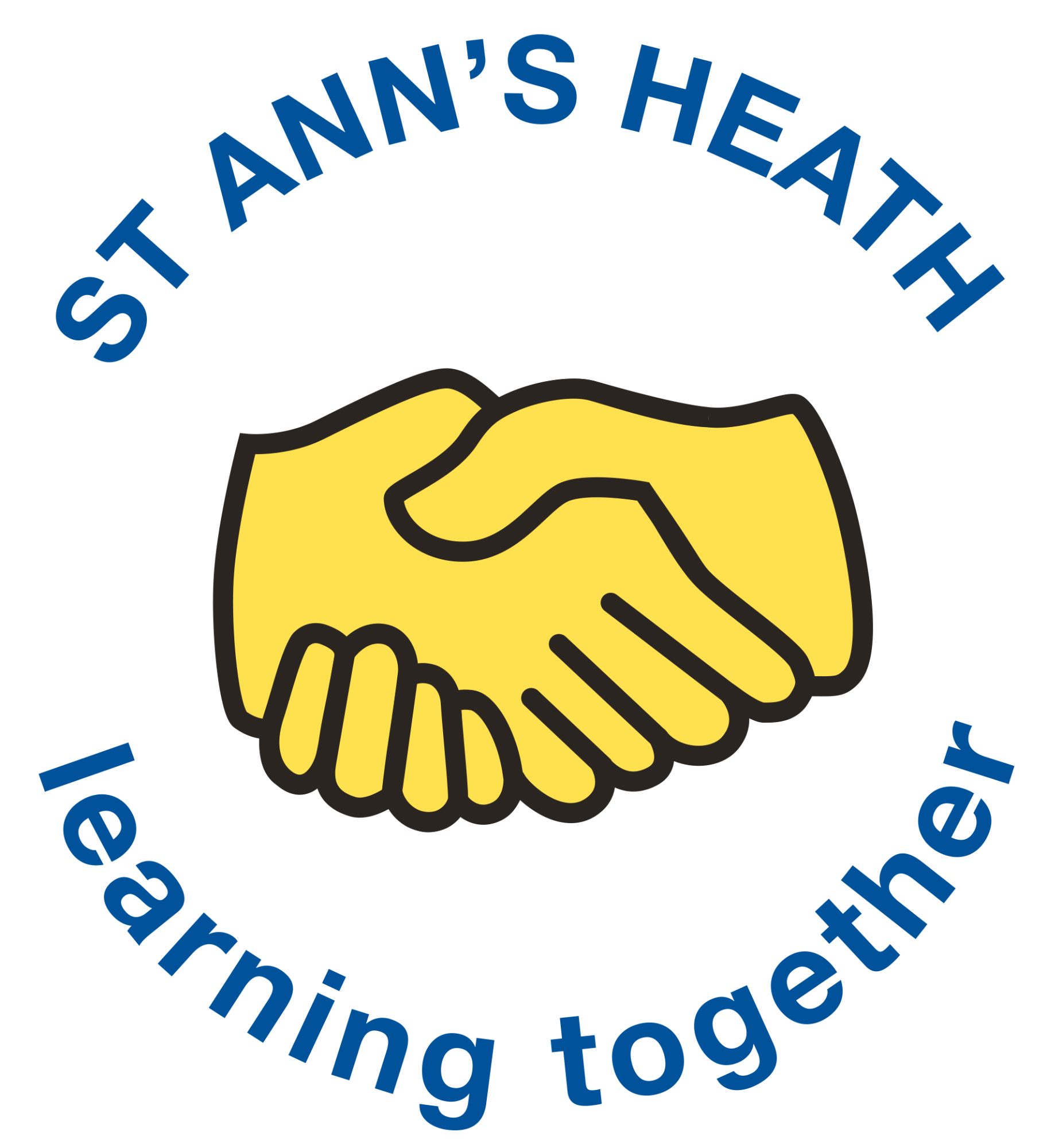At St Ann’s Heath, we know that the teaching and learning of history plays an essential part in preparing our children for living in the modern world by teaching them skills that will be essential throughout their lives. We know that a high-quality history education will help pupils gain a coherent knowledge and understanding of Britain’s past and that of the wider world; it should inspire pupils’ curiosity to know more about the past. At St Ann’s Heath, our teaching equips pupils to ask perceptive questions, think critically, weigh evidence, sift arguments, and develop perspective and judgement while also encouraging our children to understand the complexity of people’s lives, the process of change, the diversity of societies and relationships between different groups, as well as their own identity and the challenges of their time. We recognise that depth of understanding of historical knowledge and skills is paramount which is why we teach history through our creative curriculum to allow children to make meaningful links within and between subject areas which encourages learning to stick.
Intent
- Instil a curiosity and understanding of events, places and people in a variety of times and environments.
- Develop an interest in the past and an appreciation of human achievements and aspirations.
- Develop an appreciation of how events in history impact the modern world in both a positive and sometimes controversial way.
- Encourage children to have a secure chronological understanding of the periods in history covered.
- Understand how the past was different from the present and that people of other times and places may have had different values and attitudes from ours.
- Understand the nature of evidence by emphasising the process of enquiry and by developing the range of skills required to interpret primary and secondary source materials.
- Provide learning opportunities that allow the children to question, interpret and analyse a range of historical evidence to inform their judgements about the past.
- Give children the ability to ask and answer historically valid questions drawing upon their extensive base of historical knowledge, skills and vocabulary.
Implementation
- Historical topics seamlessly integrated into units of learning as part of our creative curriculum.
- Utilisation of high-quality resources, including the local environment, visuals, photographs, artefacts, written materials and IT materials.
- Learning is scaffolded to support children in recalling previous learning and making connections.
- Explicit modelling of subject-specific vocabulary, knowledge, and skills aids integration of new knowledge into larger concepts.
- Use of knowledge organisers to provide scaffolding for children, aiding in retaining new facts and vocabulary in their long-term memory.
- Knowledge organisers utilised for pre-teaching and supporting home learning.
- Exploration and making links to local history across various units of study. For example, Year 6's Victorians topic links to local Victorian history, allowing children to explore local Victorian history and buildings, and understand changes in the local area over time.
- Enrichment experiences - such as Y5 Hooke Court residential and Y3 Egyptian day - that provide engaging and interactive history learning, allowing children to build on their growing understanding.
- Knowledge, skills, and vocabulary are systematically mapped using progression documents. This mapping ensures a clear and structured development of history understanding throughout KS2.
- Progression documents serve as guides for teachers, ensuring a comprehensive development of historical knowledge and skills.
- Planned opportunities for children to ask, answer, and evaluate historically valid questions.
- Opportunities provided for constructing informed responses about historical events using a range of sources.
- Opportunities for children to learn and understand historical vocabulary and abstract terms.
Impact
The impact of our history curriculum is assessed through the following methods:
- Book looks
- Analysis of planning skeletons
- Learning walks
- Curriculum reviews
- Pupil voice
- Pupil voice reveals that our children are confident and articulate in discussing what they have learned in history.
- Pupil voice indicates that students enjoy history, highlighting a positive and engaging learning experience.
- Children proficiently use subject-specific vocabulary to communicate their understanding.
- High-quality work produced by pupils showcases the acquisition of knowledge, skills, and subject-specific vocabulary.
- Work demonstrates a structured and appropriate sequence in the development of historical understanding.
- Children’s work aligns with the objectives of the KS2 history curriculum.
- Sequential planning ensures a progressive development of historical knowledge, fostering a deeper understanding over time.
- Children’s work illustrates an understanding and application of historical vocabulary.
- Class teacher markings on progression documents are regularly monitored by the subject lead to ensure full coverage of the curriculum.
- By the end of each key stage, most children are either working within or beyond the expected standard for their age in history.
|
